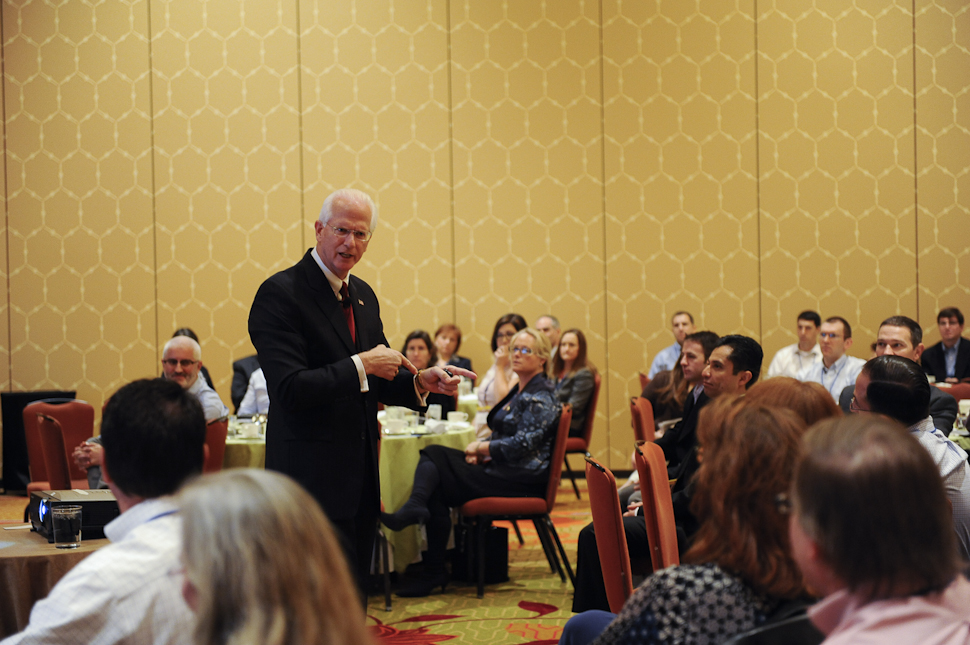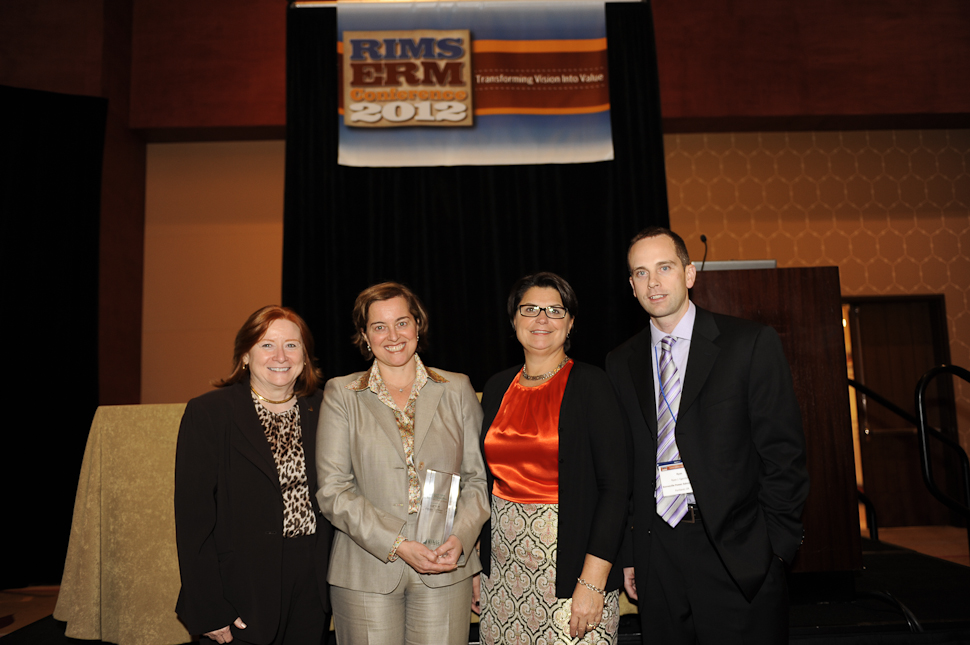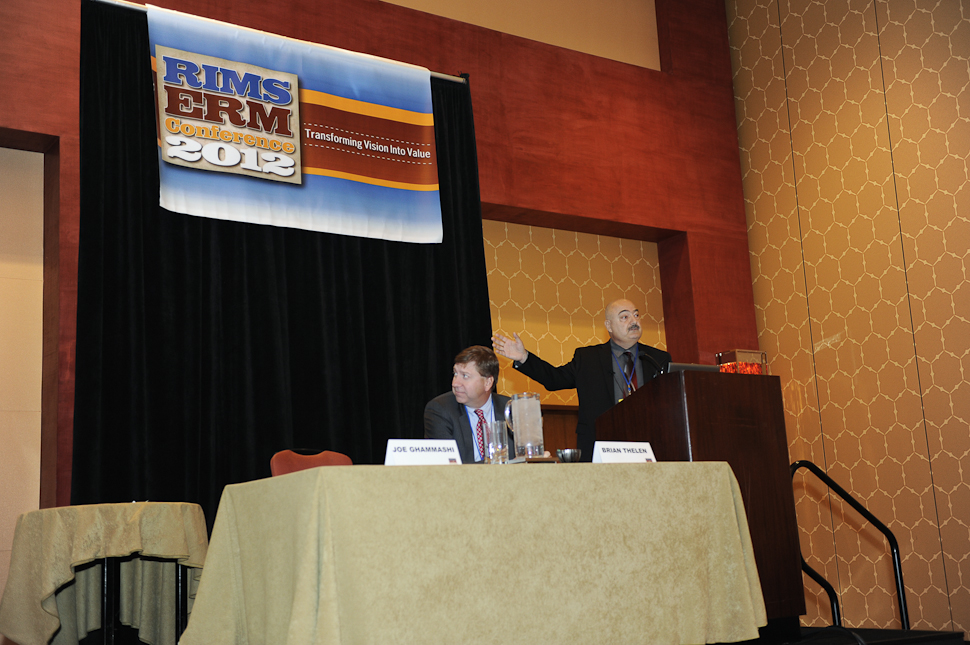President Barack Obama’s 2014 budget proposal, released April 10, included a provision that would eliminate the current tax deduction for reinsurance premiums. Now there is legislation that would seek to do the same thing. H.R.2054, sponsored by Congressman Richard Neal (D-MA) and Congressman Bill Pascrell (D-NJ), and S.911, sponsored by Senator Bob Menendez (D-NJ), were introduced May 20, 2013. This marks the fourth time that Rep. Neal has introduced similar legislation.
Rep. Neal believes that foreign-based insurance companies are using affiliate insurance to avoid U.S. tax on their investment income, which leads to an unfair competitive advantage over U.S-based companies. The Coalition for a Domestic Insurance Industry, which represents 13 U.S.-based insurance groups, agrees with Rep. Neal that the current system offers a competitive advantage to foreign-based companies. In a May 21, 2013 press release William R. Berkley, chairman and CEO of W.R. Berkley Corporation, stated that “closing this loophole, staunching the flow of capital overseas and restoring competitiveness for this important domestic industry is a win for all.”
Opponents of this provision were quick to express their opposition. The Coalition for Competitive Insurance Rates (CCIR), which includes the Risk and Insurance Management Society (RIMS), stated that this legislation would “decrease capacity and hike the cost of insurance while also limiting competition in the U.S. insurance marketplace.” In that same press release James Donelon, Louisiana Commissioner of Insurance, added that “this legislation would shift the financial burden of rebuilding following a disaster onto already-strained domestic insurers and their policyholders.” RIMS followed suit with its own release in opposition to the bill. Carolyn Snow, RIMS board liaison to the Society’s external affairs committee, remarked that “this short-sighted legislation fails to realize that if organizations are forced to abandon their offshore counterparts, the financial burden of catastrophic risks would fall on the government and policyholders—an alternative that could shatter this country’s economic vitality.”
Opponents of the tax are supported by a 2009 Brattle Group study of the impact this legislation would have on the reinsurance market. The Brattle Group found that enacting this legislation would reduce the supply of reinsurance in the United States by 20%, thus raising the price of primary insurance by 1.8-2.1% overall. As a result, U.S. consumers would be required to pay $10-$12 billion more per year.
Rep. Neal is no stranger to this issue. He introduced similar proposals in 2008, 2009 and 2011. Those bills failed to make it out of committee, but that doesn’t mean opponents can sleep on the issue. Many expect that tax reform could be on Congress’ agenda for 2013-2014 and the fear is that this provision is picked up as a part of that package. CCIR, its members and other opponents will continue working to educate members of Congress on the negative effects that this bill would have on the insurance industry.
Check out this video from the CCIR for an explanation of the risks associated with a reinsurance tax.






